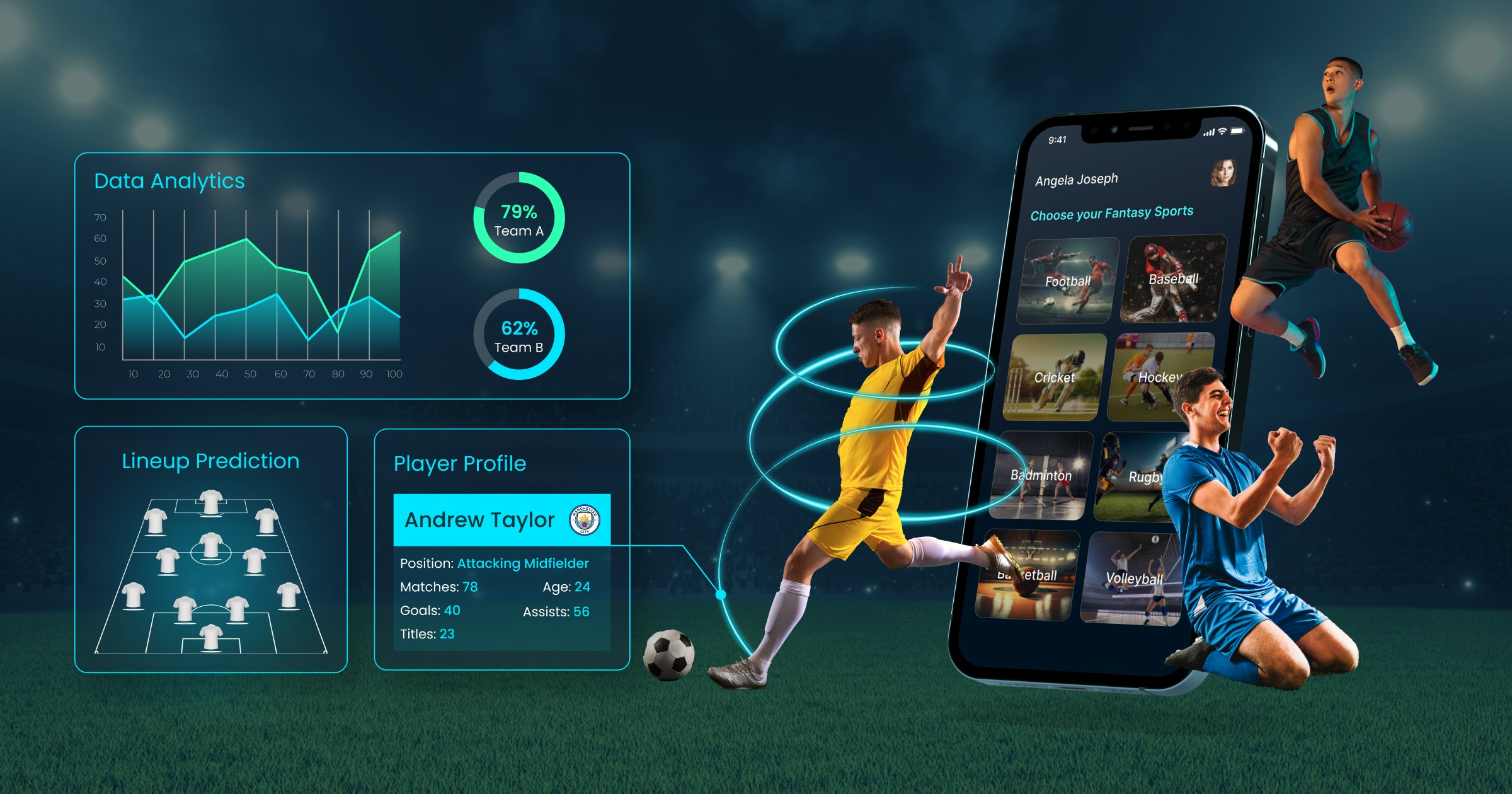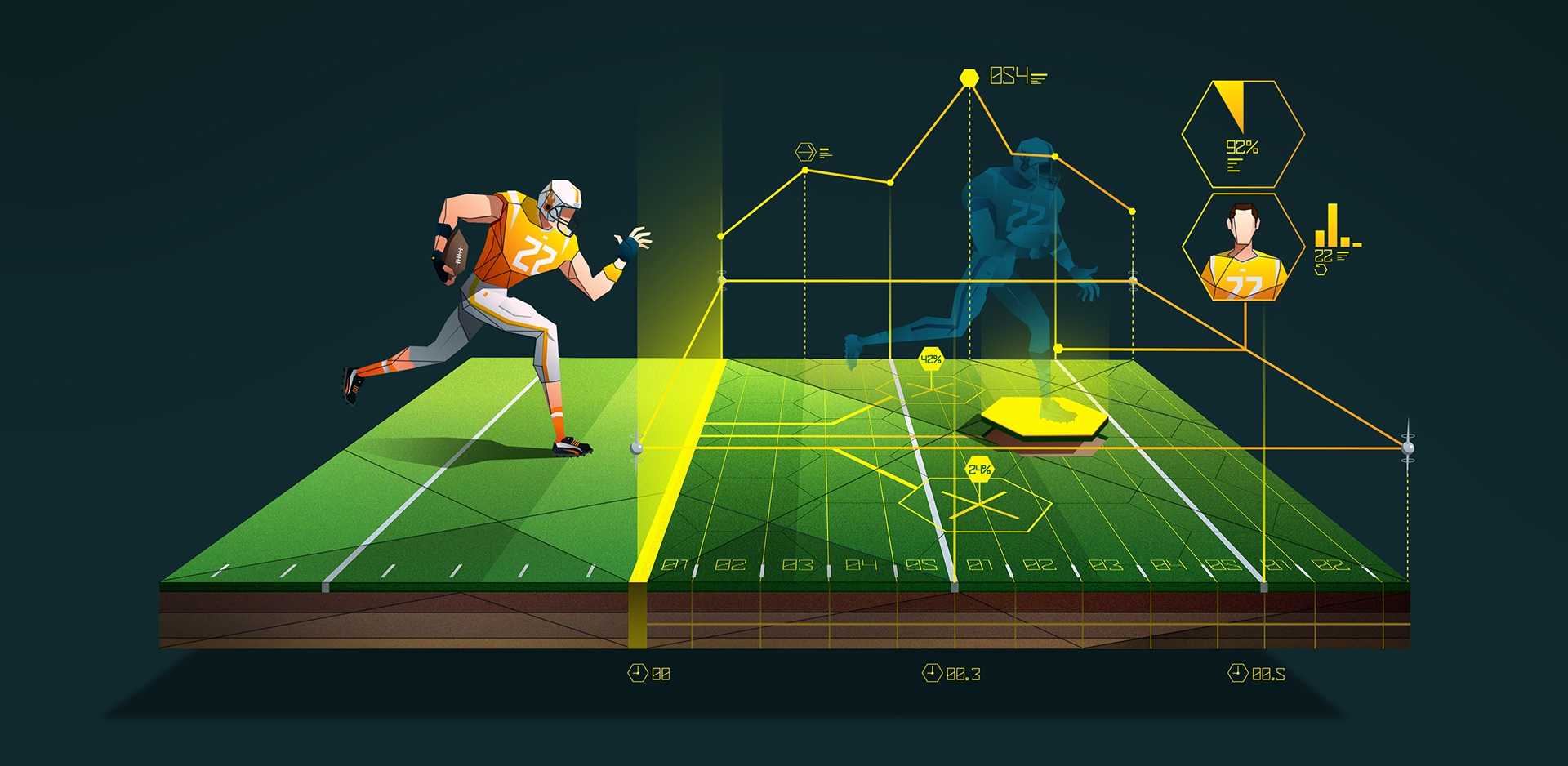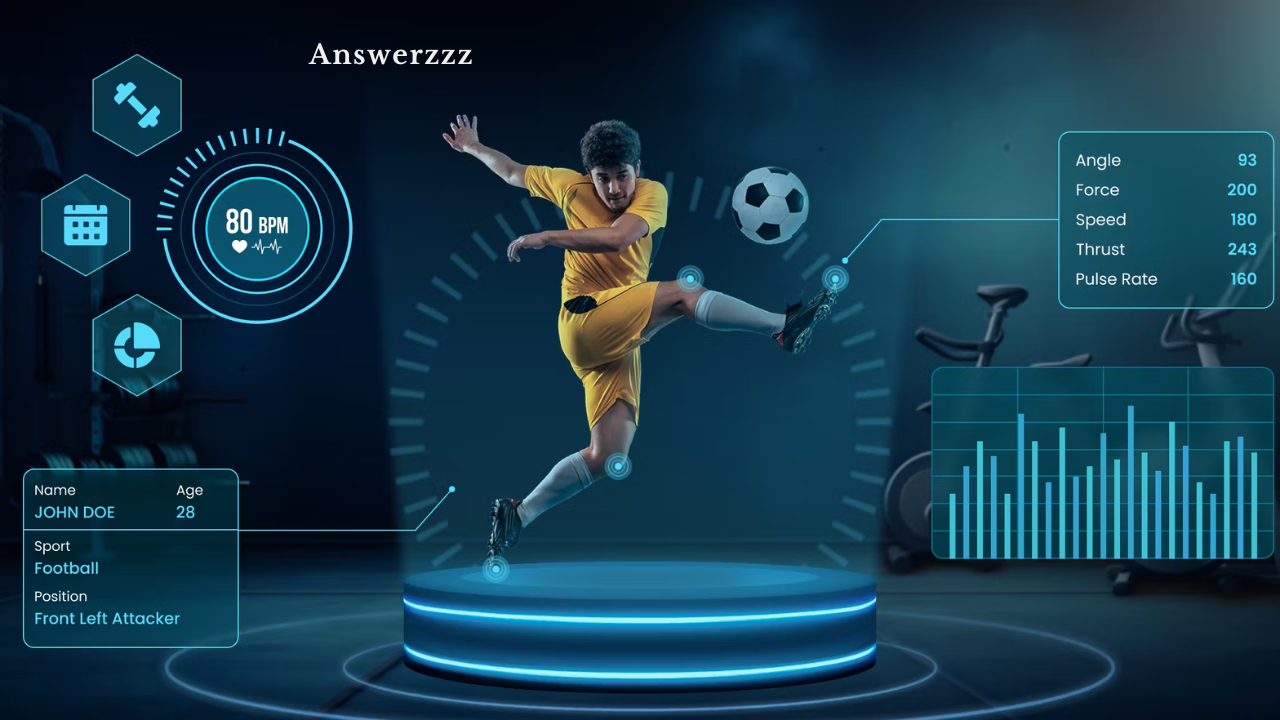Artificial Intelligence (AI) has made significant strides in various sectors, and sports analytics is no exception. As teams and organizations seek to enhance performance, increase efficiency, and engage fans more effectively, AI has emerged as a transformative force. This article explores the myriad ways AI is revolutionizing sports analytics, from data collection and analysis to decision-making processes and fan engagement.
The Rise of Data in Sports

In recent years, the sports industry has witnessed an explosion of data generation. With advancements in technology, the amount of data available for analysis has grown exponentially. Teams are now collecting data from numerous sources, including player performance metrics, game statistics, biometric data, and fan engagement metrics. This wealth of information presents both opportunities and challenges. AI plays a crucial role in managing and interpreting this data, allowing teams to gain insights that were previously unattainable.
AI and Data Processing
One of the most significant contributions of AI to sports analytics is its ability to process vast amounts of data quickly and accurately. Traditional methods of data analysis can be time-consuming and often require human interpretation, which may lead to biases or errors. AI algorithms, particularly machine learning models, can analyze data sets far more efficiently, identifying patterns and trends that would be difficult for humans to discern.
For instance, machine learning algorithms can analyze video footage of games to assess player movements, strategies, and interactions in real-time. This capability allows coaches and analysts to evaluate player performance on a granular level, leading to more informed decision-making.
Predictive Analytics in Sports
Predictive analytics is another area where AI is making waves in sports analytics. By leveraging historical data, AI can create models that forecast future performance outcomes. These predictive models can help teams anticipate various scenarios, from player injuries to game outcomes.
For example, teams can use predictive analytics to assess the likelihood of an athlete sustaining an injury based on their previous performance data and biometric measurements. This information can guide training regimens, game strategies, and roster decisions, ultimately enhancing team performance and player longevity.
Enhanced Scouting and Recruitment
Scouting and recruitment have always been integral to team success, and AI is transforming this process. Traditionally, scouts relied on subjective assessments and limited data to evaluate talent. However, AI-driven analytics provides a more objective and comprehensive view of potential recruits.
By analyzing player statistics, performance metrics, and even social media sentiment, teams can gain deeper insights into a player’s potential. This data-driven approach enables organizations to identify undervalued talent and make informed recruitment decisions, ensuring they build a more competitive roster.
Tactical Analysis and Game Strategy
AI’s impact on sports analytics extends beyond player evaluation; it also enhances tactical analysis and game strategy. Coaches can utilize AI-driven tools to analyze opponent behaviour, assess their strengths and weaknesses, and develop strategies tailored to exploit these insights.
Machine learning algorithms can simulate various game scenarios, allowing coaches to experiment with different tactics and formations. This predictive modelling enables teams to enter games with a clearer understanding of how to maximize their chances of success based on data-driven insights.
Real-Time Decision Making
In the fast-paced world of sports, real-time decision-making is crucial. AI enables teams to process data and generate insights during games, allowing coaches and players to adapt their strategies on the fly. By utilizing AI-powered analytics tools, teams can receive instant feedback on player performance, opponent strategies, and game dynamics.
For example, AI can analyze player fatigue levels, shot accuracy, and defensive efficiency in real-time. This information empowers coaches to make immediate adjustments, whether substituting players, altering game plans, or changing defensive alignments. The ability to make informed decisions in real-time can be the difference between victory and defeat.
Fan Engagement and Experience
AI is not only transforming the way teams analyze performance; it is also revolutionizing fan engagement. As teams and organizations seek to connect with their fanbase, AI-driven analytics provide valuable insights into fan behaviour and preferences.
By analyzing social media interactions, ticket sales data, and merchandise purchases, teams can tailor their marketing efforts to better resonate with fans. Additionally, AI can enhance the overall fan experience by offering personalized content, such as targeted advertisements, customized game highlights, and predictive recommendations for future events.
AI-Powered Performance Enhancement
Athlete performance enhancement is another critical aspect of AI in sports analytics. Teams are increasingly utilizing AI-driven tools to optimize training regimens, monitor player health, and enhance skill development. By integrating biometric data, wearables, and AI algorithms, teams can gain real-time insights into player performance and overall well-being.
For example, AI can analyze an athlete’s training load, sleep patterns, and nutrition to provide personalized recommendations for improvement. These insights help athletes maximize their performance while minimizing the risk of injury.
The Role of Wearable Technology
Wearable technology has become a vital component of sports analytics, and AI is at the forefront of this evolution. Devices such as smartwatches, fitness trackers, and specialized sports sensors collect real-time data on player performance, biometrics, and movement patterns.
AI algorithms analyze this data to provide actionable insights, allowing coaches and trainers to tailor training programs and optimize performance. By understanding an athlete’s physical condition and workload, teams can adjust training intensities and recovery strategies, leading to better overall performance.
Challenges in Implementing AI in Sports
Despite the numerous benefits of AI in sports analytics, challenges remain. One significant hurdle is the integration of AI systems within existing frameworks. Teams must invest in infrastructure, technology, and training to effectively utilize AI-driven analytics. Furthermore, there are concerns regarding data privacy and security, particularly when dealing with sensitive player information.
Another challenge is the potential for over-reliance on data-driven insights. While AI can provide valuable recommendations, human judgment and experience still play a crucial role in decision-making. Striking the right balance between data analysis and intuitive coaching is essential for success.
The Future of AI in Sports Analytics
As technology continues to evolve, the future of AI in sports analytics looks promising. Emerging technologies such as augmented reality (AR) and virtual reality (VR) are likely to complement AI-driven analytics, providing teams with immersive training experiences and enhanced performance evaluations.
Furthermore, as machine learning algorithms become more sophisticated, their ability to analyze unstructured data—such as social media posts, video footage, and even verbal communications—will improve. This expanded capability will provide teams with even deeper insights into player behaviour, fan engagement, and game dynamics.

AI is transforming the world of sports analytics in profound ways. From data processing and predictive analytics to real-time decision-making and enhanced fan engagement, AI is enabling teams to gain insights that drive performance and optimize strategies. While challenges remain, the future of AI in sports analytics is bright, promising continued advancements that will shape the way teams operate and engage with their fans. As technology continues to evolve, those who embrace AI-driven analytics will have a competitive edge in the ever-evolving landscape of sports.




